Is New York Safe: an Insider's Guide to NYC Safety
New York City – a whirlwind of energy, a cultural kaleidoscope, a place where dreams are chased on a daily basis. But for those considering a move to the city that never sleeps, a big question often arises: is New York safe?
As a true New Yorker, I can tell you – the answer is yes, with a big BUT. Here's the inside scoop on NYC safety, straight from a local, along with some tips on how to keep your home secure – with a little help from Kangaroo Home Security, a proud New York-based company!
NYC Safety: Busting Myths and Embracing Reality
Myth: NYC is a crime-ridden jungle.
Reality: While some areas have higher crime rates than others, overall, NYC boasts a significantly lower crime rate than in the 70s and 80s. It's also important to remember – crime rates can vary greatly by neighborhood. Do your research!
Myth: You can't walk the streets alone at night.
Reality: NYC is a city that thrives 24/7. Well-lit streets and a constant flow of people mean most areas are safe for walking, even at night. However, always be aware of your surroundings and trust your gut instinct.
Insider Tips for Savvy New Yorkers
Know Your Neighborhood: Every borough, every block, has its own vibe. Research crime rates and safety resources specific to the areas you're considering.
Embrace the Buddy System: There's safety in numbers, especially at night. Walk with a friend or utilize rides sharing services if you're out late. Always make sure to share your location with a friend or family member.
Be Street Smart: Keep valuables out of sight on public transportation, avoid isolated areas, and trust your gut feeling.
Invest in Home Security: A secure home is a key element in overall safety. This is where Kangaroo Home Security comes in!
Kangaroo: Your NYC Home Security Partner
We're a New York-based company that gets the city's unique needs. Here's how Kangaroo can help you achieve peace of mind:



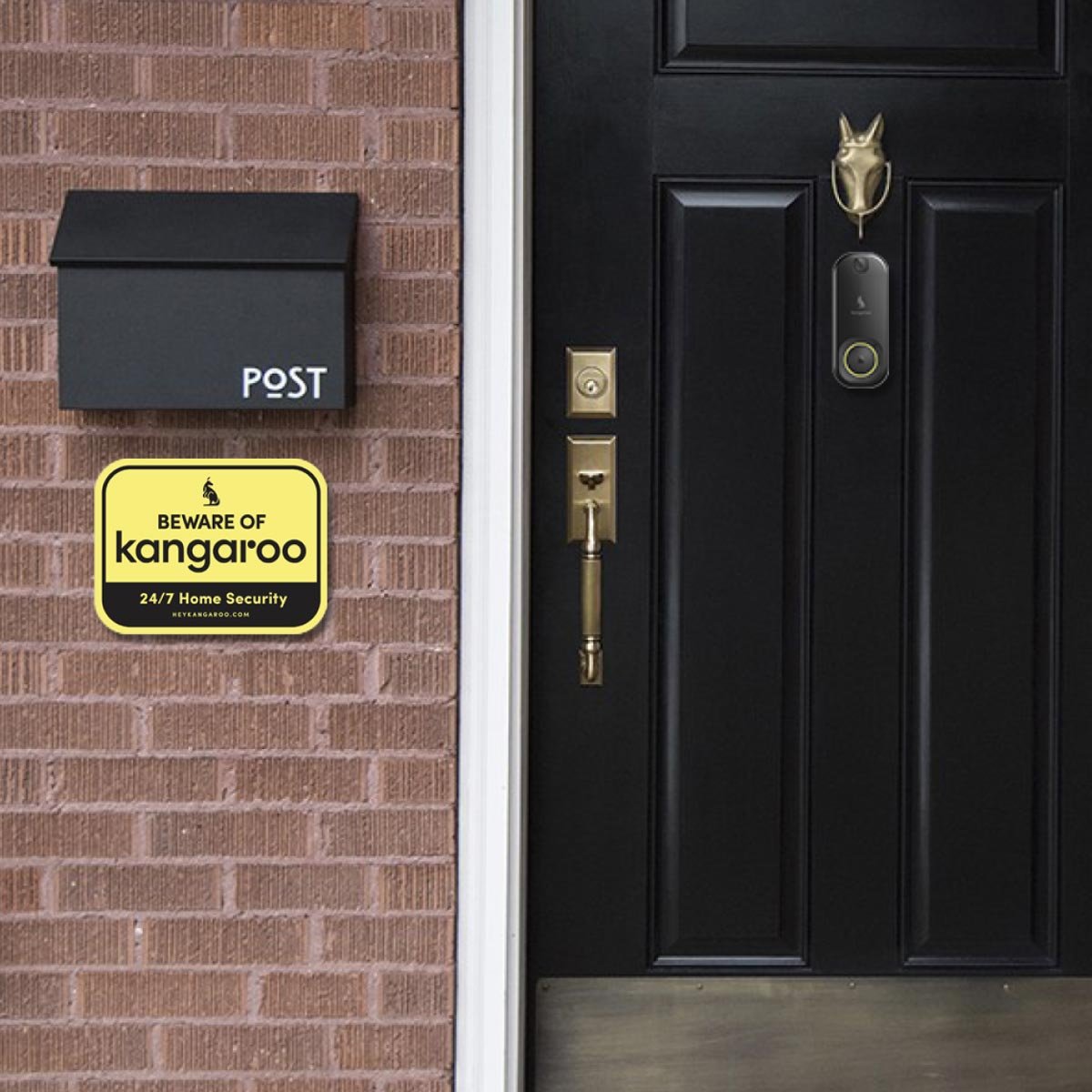
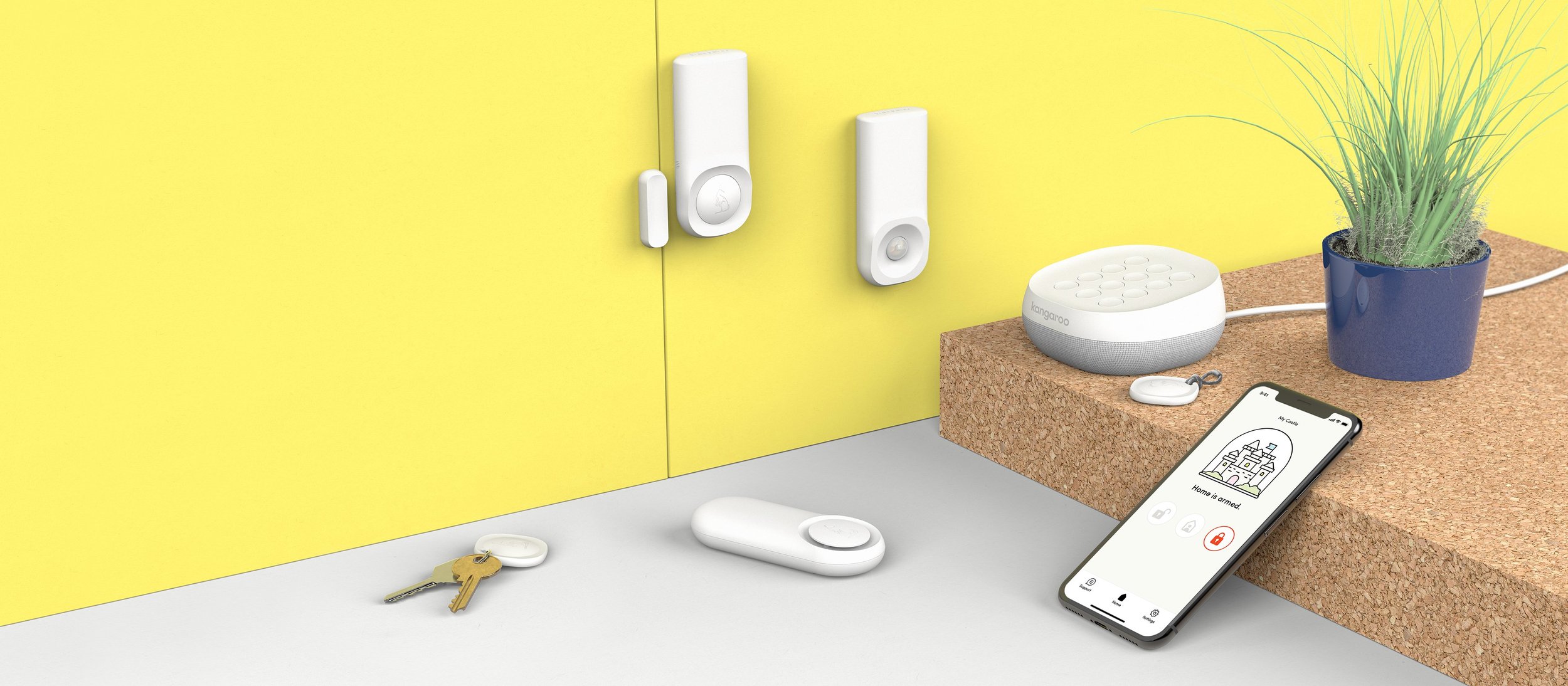
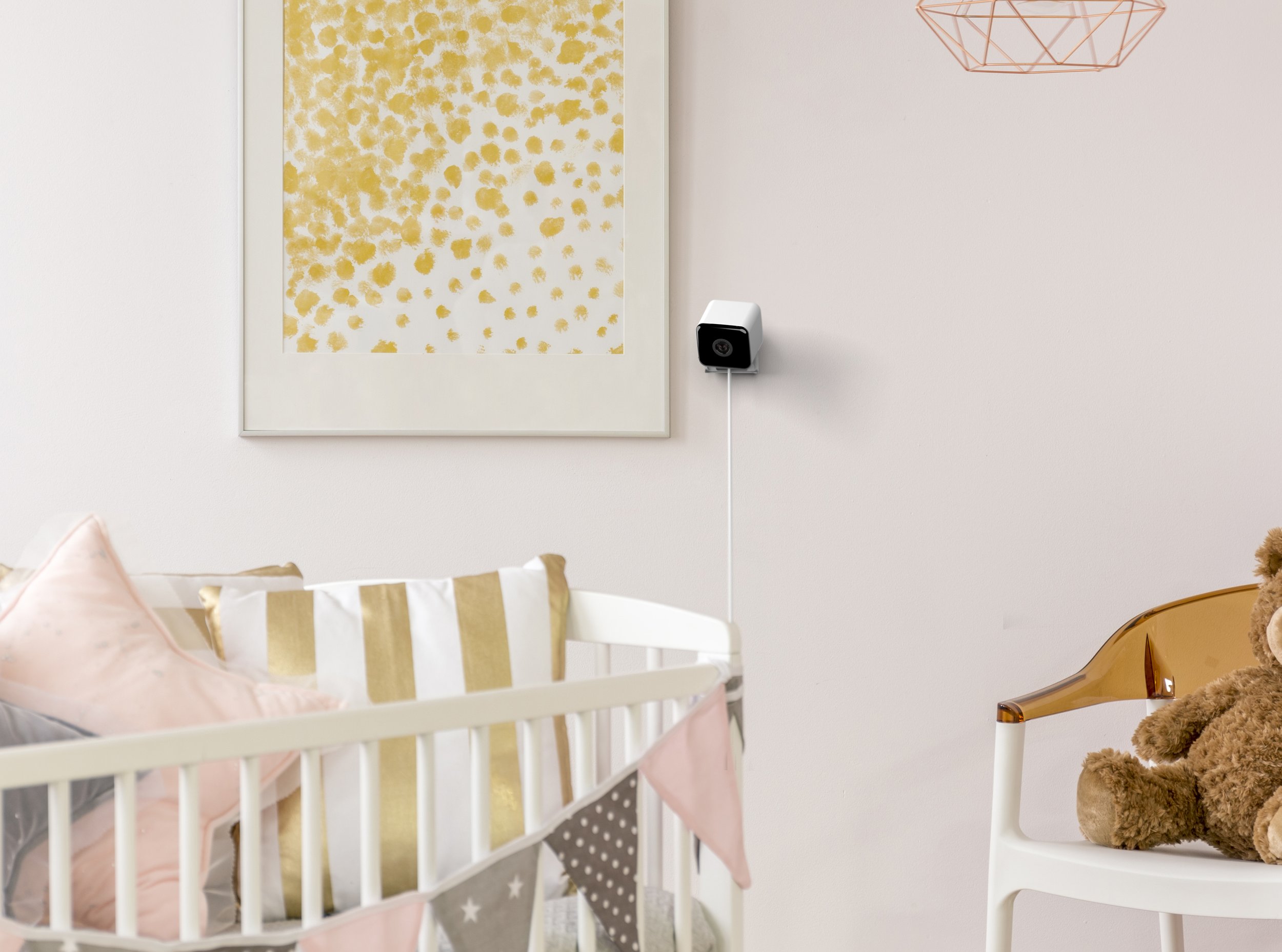
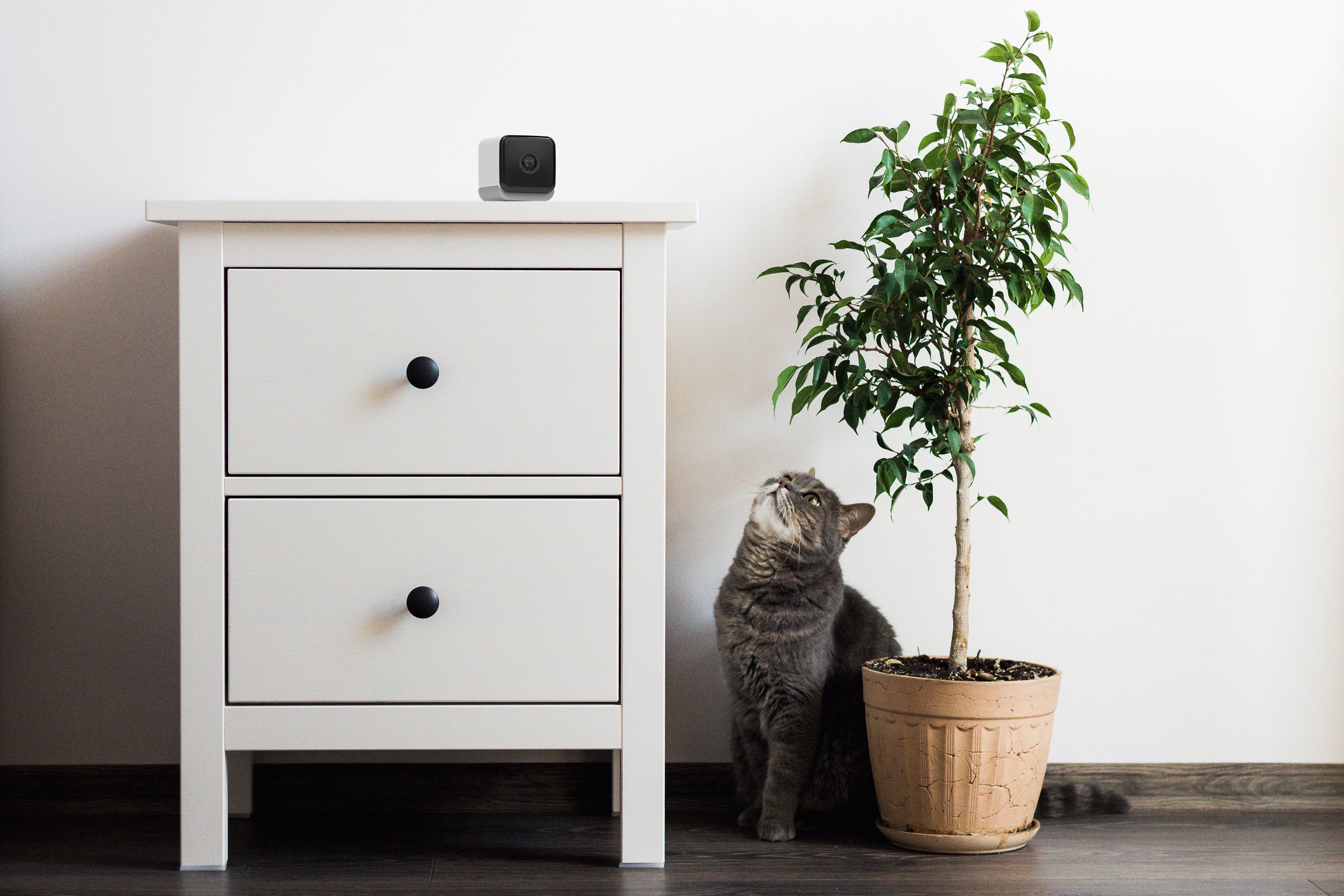
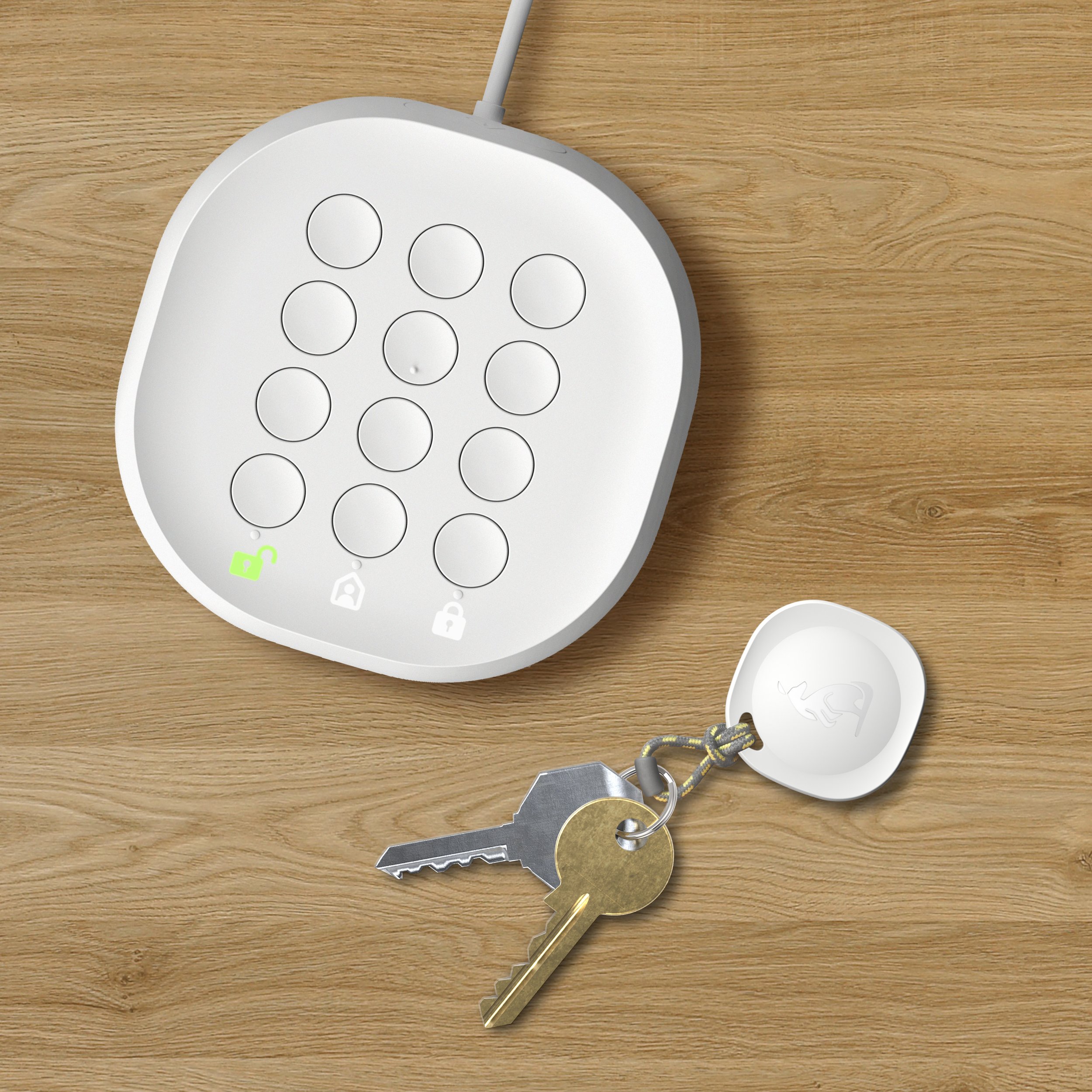
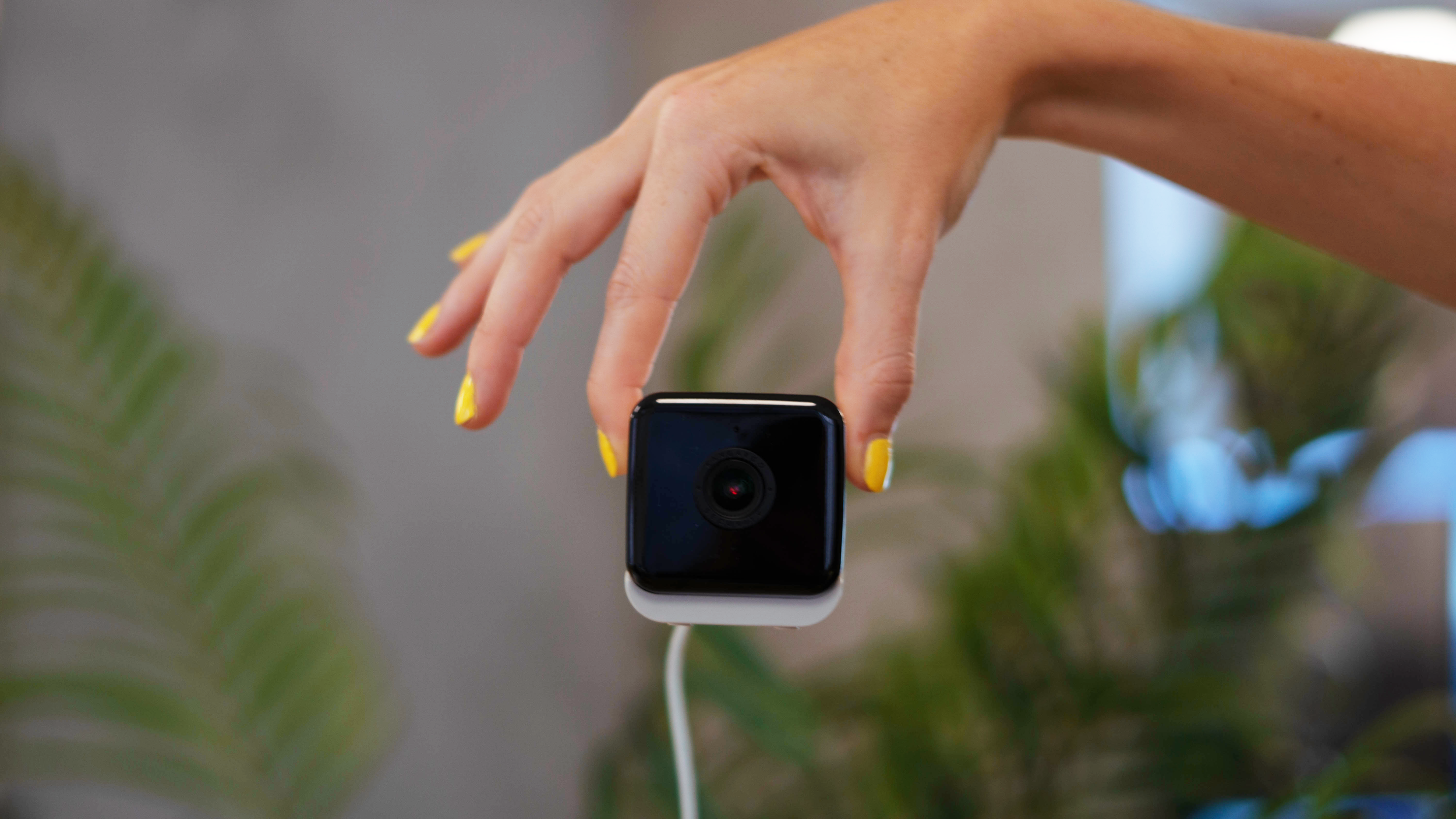
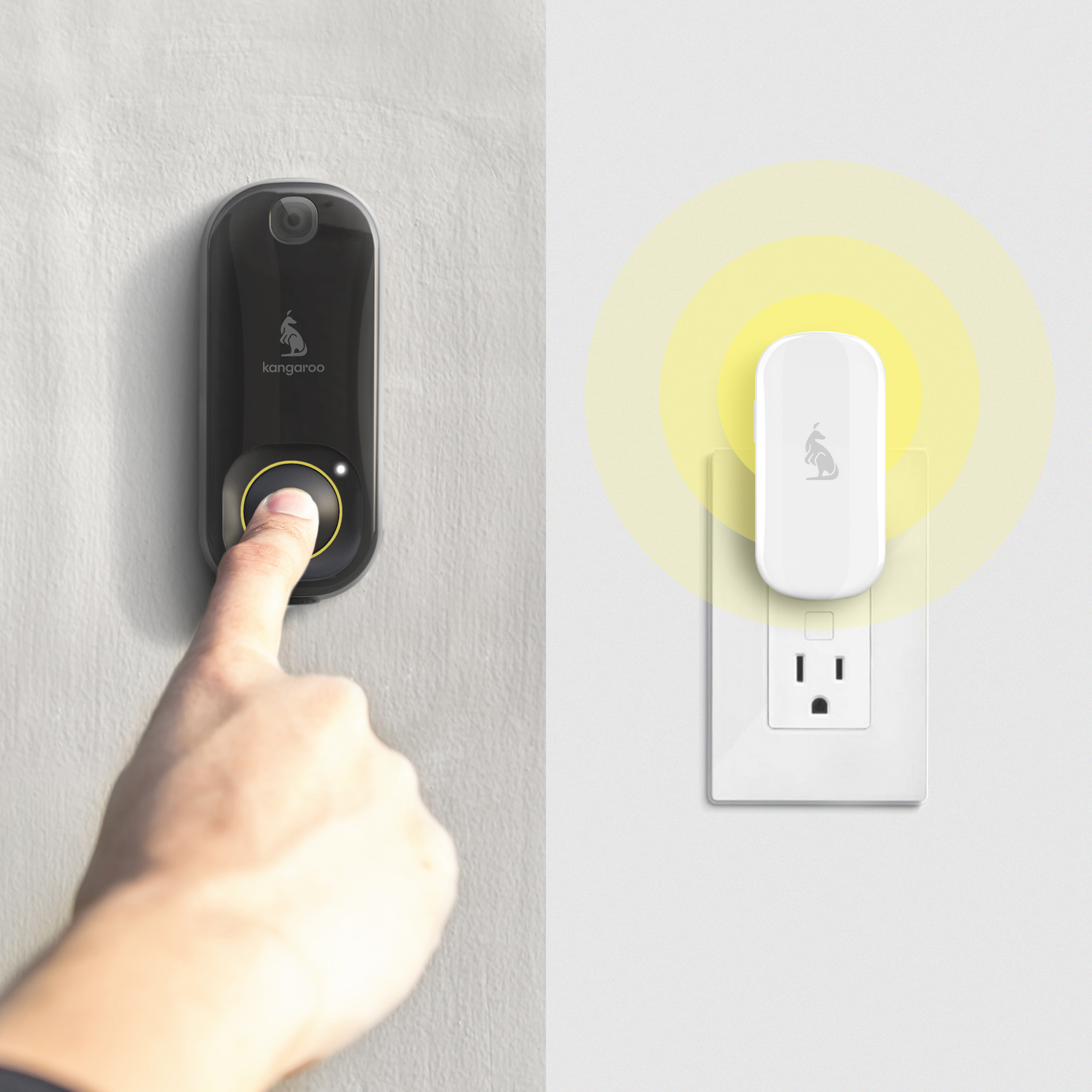

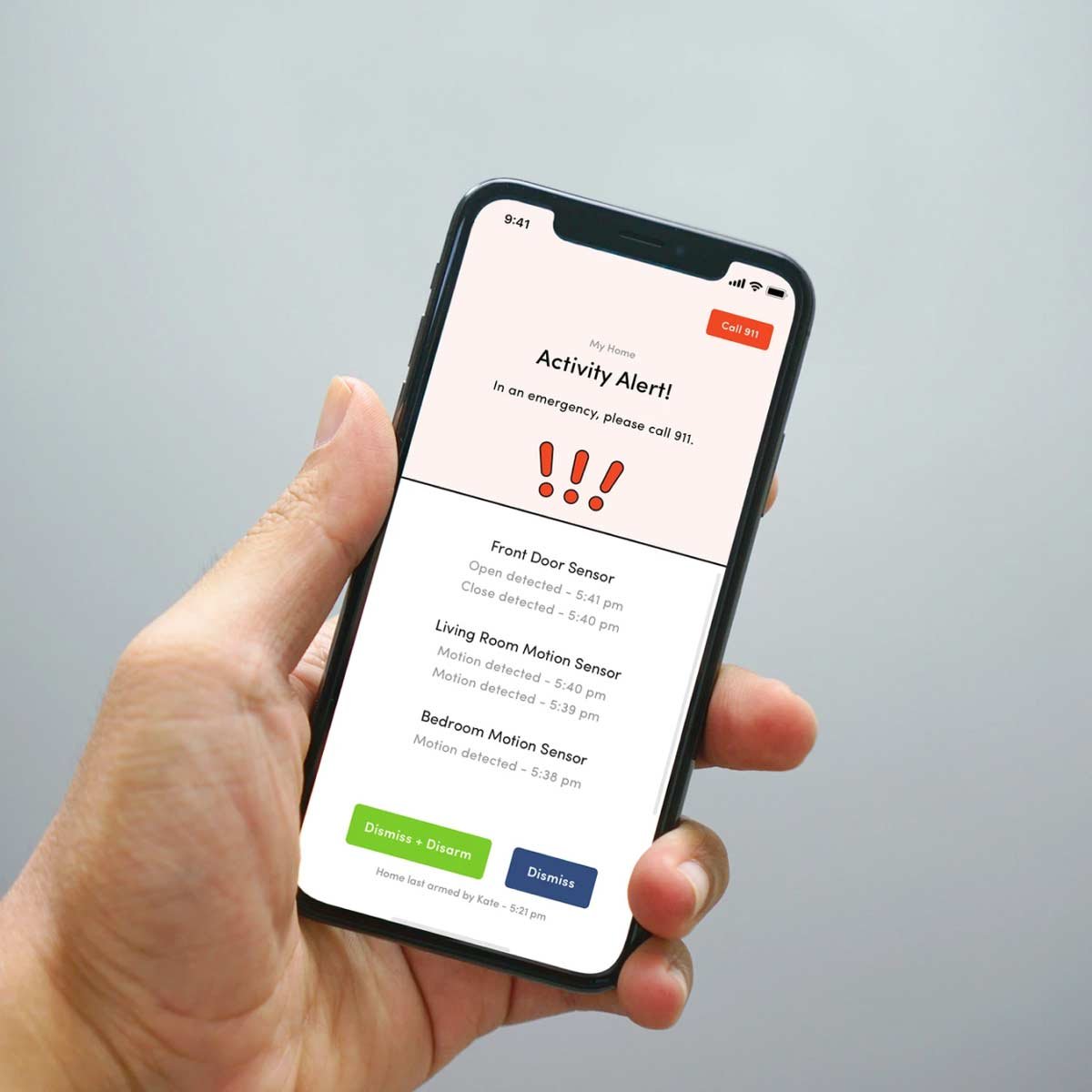
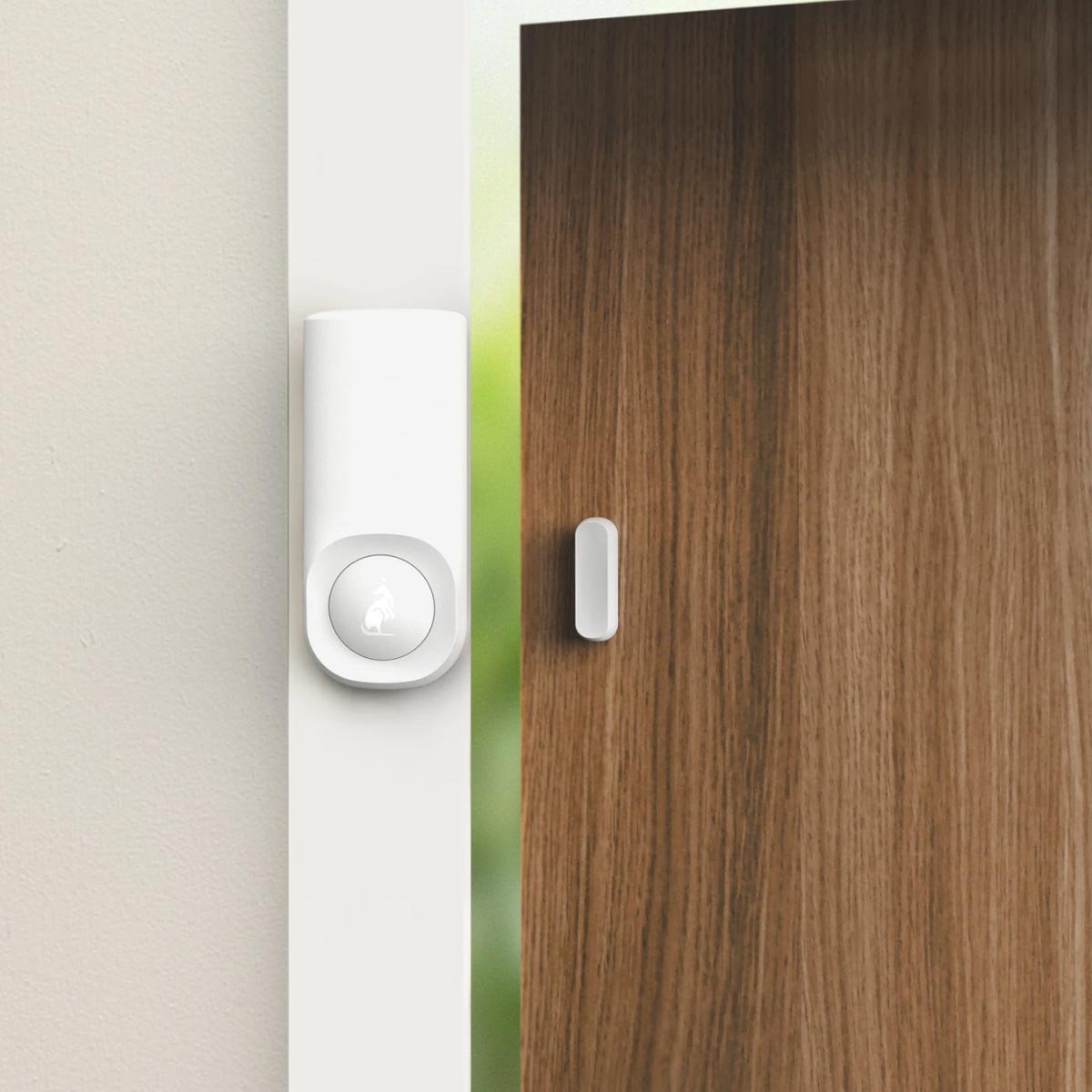
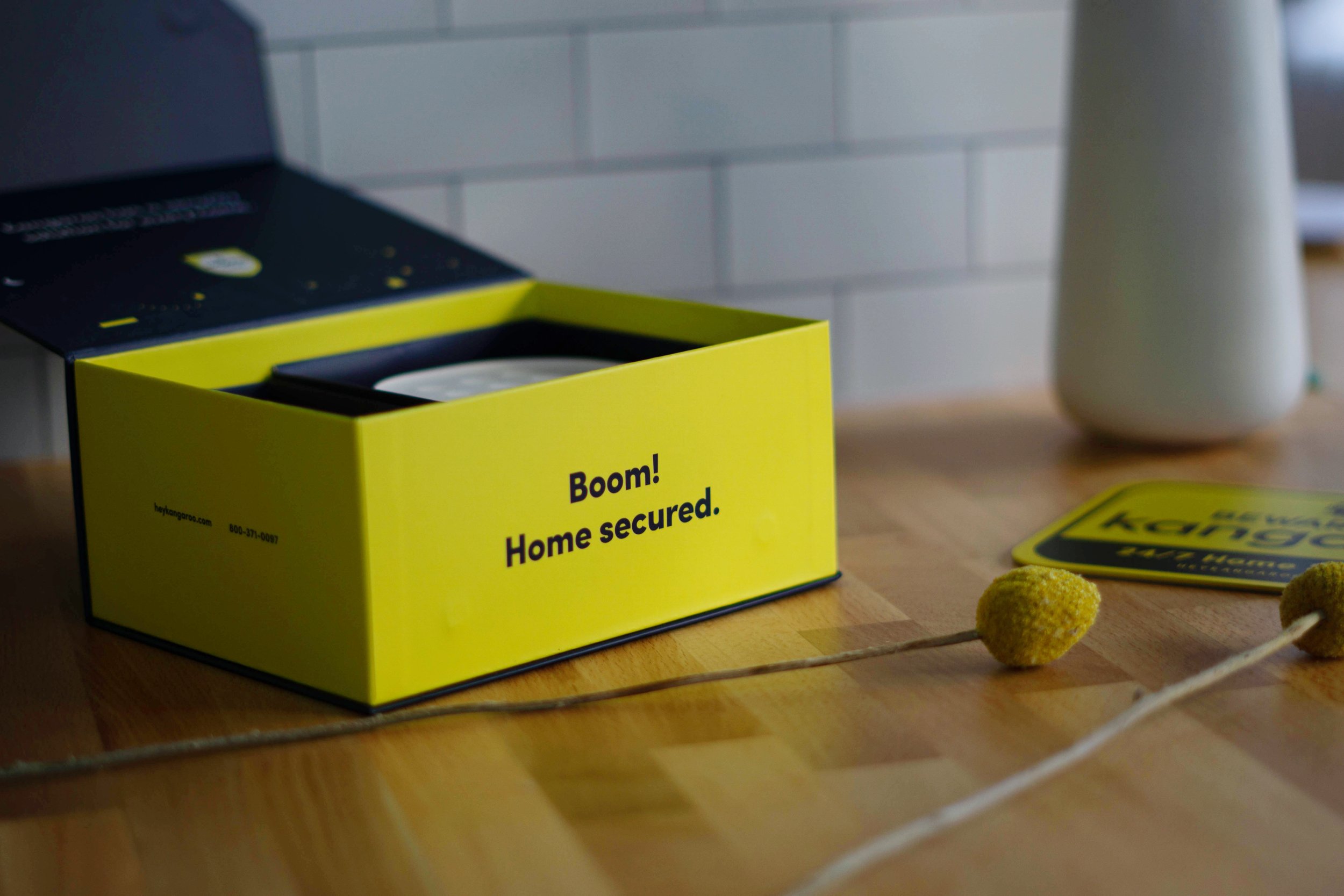
Security Systems Tailored for NYC Living: Our user-friendly security systems are perfect for apartments, condos, and high-rises.
Easy Installation and Remote Monitoring: No complex wiring – Kangaroo systems are simple to set up and allow you to monitor your home remotely, anytime, anywhere.
Variety of Security Cameras: From doorbell cameras to indoor and outdoor options, Kangaroo offers a range of solutions to keep every corner covered.
24/7 Professional Monitoring (Optional): For an extra layer of security, Kangaroo provides optional 24/7 professional monitoring, ensuring a prompt response in case of an emergency.
Embrace the Energy, Not the Anxiety
New York City is a sensory overload in the best way possible. Don't let safety concerns hold you back from experiencing its magic. By familiarizing yourself with your surroundings, taking precautions, and partnering with a reliable security company like Kangaroo Home Security, you can navigate the city with confidence and embrace the energy that makes NYC so special.
Ready to make your NYC adventure a safe and secure one? Visit heykangaroo.com today to explore our home security solutions and breathe a sigh of relief!
Bonus Tip: Here are some additional resources to help you navigate NYC safety:
Citizen App (for real-time safety updates)
With a little preparation and the right security partner, you're all set to conquer the concrete jungle and write your own unforgettable New York story!
Q&A: Navigating Safety in the Big Apple
Your Question Answered!
Q: How safe is New York City overall?
A: NYC's crime rate has significantly decreased in recent years. It boasts a lower overall crime rate than the national average. However, crime rates can vary greatly by neighborhood.
Q: Are there any safe neighborhoods in NYC?
A: Absolutely! Many neighborhoods are considered quite safe. Some popular choices include the Upper West Side, Battery Park City, Greenwich Village, and the Upper East Side.
Q: What about areas with a higher crime rate, like East Harlem or East New York?
A: While some areas have higher crime statistics, it doesn't mean they're entirely unsafe. The key is to be aware of your surroundings, especially at night.
Q: Is it safe to use the subway?
A: Generally, yes. The NYC subway system (NYC MTA) is vast and convenient, and most stations are well-lit and have a constant flow of people. However, as with any big city, it's always wise to stay alert and avoid isolated areas or deserted stations late at night.
Q: What kind of crime should I be most worried about?
A: NYC's crime is primarily property crime, such as theft and burglary. Violent crime rates are lower than the national average. However, it's important to be aware of your surroundings and take precautions to avoid becoming a target for any type of crime.
Q: Are there any specific safety tips for tourists?
A: Here are a few:
Do your research: Learn about the specific areas you plan to visit and their crime rates.
Stay with the crowds: Avoid isolated areas, especially at night.
Be mindful of your belongings: Keep valuables out of sight on public transportation and in crowded areas.
Trust your gut: If a situation feels unsafe, remove yourself.
Use the buddy system: Explore with a friend or family member, especially at night.
Q: I'm interested in living in Brooklyn. How safe is it compared to Manhattan?
A: Brooklyn is a vast borough with a variety of neighborhoods, each with its own crime rate. Generally, Brooklyn's crime rate is slightly higher than Manhattan's. However, safe areas exist throughout Brooklyn, like Park Slope or Brooklyn Heights. Research specific neighborhoods to get a clearer picture.
Q: Is it safe to walk alone at night in NYC?
A: It depends on the neighborhood. Well-lit, populated areas are generally safe for walking alone during the day or early evening. In quieter areas or late at night, it's best to walk with a friend or use a ride sharing service.
Q: What are some specific areas I should avoid, especially at night?
A: While crime rates fluctuate, some areas historically have higher crime statistics. It's always best to research and be extra cautious in areas like East New York, Brownsville in Brooklyn, and certain parts of the Bronx.
Q: I hear there have been crime waves in NYC lately. Should I be worried?
A: Crime rates do fluctuate, but major crime waves are uncommon in NYC. Staying informed by checking NYPD crime data can help ease concerns.
Q: What if I witness a crime?
A: If you see a crime in progress, don't intervene. Call 911 immediately and report the incident to the NYPD.
Q: What are some resources for finding the latest crime data by NYC borough?
A: The NYPD website offers a comprehensive crime data section where you can search by borough, precinct, and crime type.
Q: I'm planning to visit Central Park. Is it safe?
A: Central Park is generally very safe, especially during the day when it's bustling with activity. However, like any large park, it's wise to avoid secluded areas, especially after dark.
Q: What about taking a late-night cab. Is that safe?
A: Licensed taxis are generally safe in NYC. Always hail a taxi from a designated taxi stand and ensure the meter is running. You can also use ride sharing apps like Uber or Lyft, which offer tracking features for added peace of mind.
Q: I'm considering a move to New York City and prioritize safety. While the Upper West Side is appealing, I also rely on subways for commuting. Are there any other neighborhoods considered among NYC's safest that also boast good subway access?
A: Absolutely! While the Upper West Side is known for its safety and has decent subway access, several other NYC neighborhoods might be a good fit for your priorities. Here are a few options to consider:
Battery Park City: Located in Lower Manhattan, this planned community offers excellent safety ratings and convenient access to multiple subway lines (including the 1, N, R, and W trains).
Forest Hills Gardens: Nestled in Queens, this charming neighborhood boasts a strong sense of community and very low crime rates. While the commute is slightly longer, several subway lines (including the E, F, M, R, and LIRR) are accessible.
Tribeca: This trendy downtown enclave offers a vibrant atmosphere with a strong focus on safety. Several subway lines (including the A, C, E, 1, and R trains) provide easy access to other parts of the city.
Bloomfield (Staten Island): Staten Island often flies under the radar, but this borough offers some of the safest neighborhoods in NYC. Bloomfield is a family-friendly area with a low crime rate and access to the Staten Island Railway for connections to Manhattan.
Q: While I understand NYC offers a variety of safe neighborhoods, are there any suburbs surrounding the city that might be considered even safer?(safest cities?)
A: Absolutely! Several suburbs surrounding New York City consistently rank high in safety statistics. Here are a few examples:
Garden City (Long Island): Located in Nassau County, Garden City boasts a low crime rate, excellent schools, and a charming downtown area. While there's no subway access, the Long Island Rail Road (LIRR) offers a convenient commute to Manhattan.
Scarsdale (Westchester County): This affluent suburb is known for its top-rated schools and quiet neighborhoods. Metro-North Railroad provides access to Midtown Manhattan.
Hoboken (New Jersey): Just across the Hudson River, Hoboken offers a vibrant urban atmosphere with a strong sense of community. The NJ Transit system provides easy access to various parts of Manhattan.
It's important to consider factors like commute times and overall lifestyle preferences when exploring suburbs. However, these options offer a high quality of life with a focus on safety.




